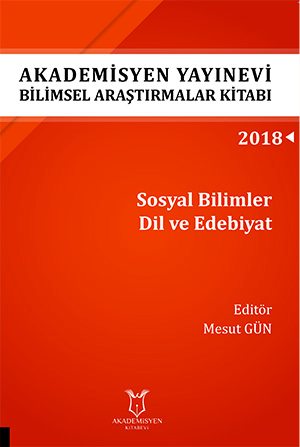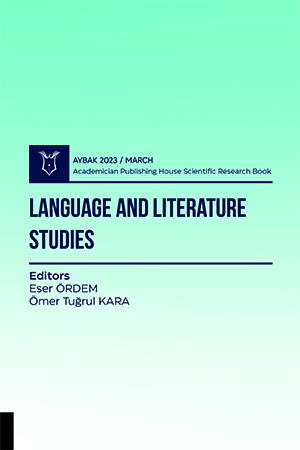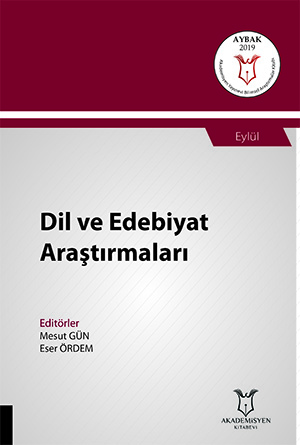Analysis Of The Pragmatic Functions Of The Turkish Discourse Markers Halbuki And Oysa (ki)
Anahtar Kelimeler
The study aims to identify pragmatic functions of halbuki and oysa(ki), interchangeably used in Turkish. 283 sample concordance lines from Turkish Web 2012 enTenTen15 on Sketch Engine were analysed. Based on corpus data, the study presents a more detailed portrayal of the functions of these pragmatic markers summarised by Göksel and Kerslake (2005), unearthing new functions. It was observed that halbuki and oysa(ki) are cancellative markers which instruct the addressee/analyst that the speaker/writer cancels one aspect of the previous discourse segment and corrects, reformulates or negates the preceding assumptions or arguments. The preceding argument(s) or assumption(s) is wrong, incomplete, misconceived or unwise. Halbuki and oysa(ki) indicate the speaker/writer’s disagreement with seemingly factual statements supposed to be true by other people and therefore he/she presents his/her counterargument, correction, reformulation or negation. Pragmatic concerns in the choice of these cancellative markers were found to be reflected in their collocational behaviour – with collocates chosen from the Domain of Appearance for the first proposition and collocates denoting Actual Truth (sometimes subjective) after each marker. In this sense, these markers rather correspond to in fact in English as demonstrated by Mortier and Degand (2009:316) when they explicate the functions of French en fait (in fact) and Dutch eigenlijk (actually), although they are often translated with however or on the other hand, whereas/while. One peculiar function discovered in the study is that Halbuki/Oysaki can sometimes be paraphrased as this is wrong because + reason or I disagree because + reason. This extends the semantics of these markers to causality.
Bu kitabın bölümleri bulunmamaktadır.
Atıf Sayısı :









